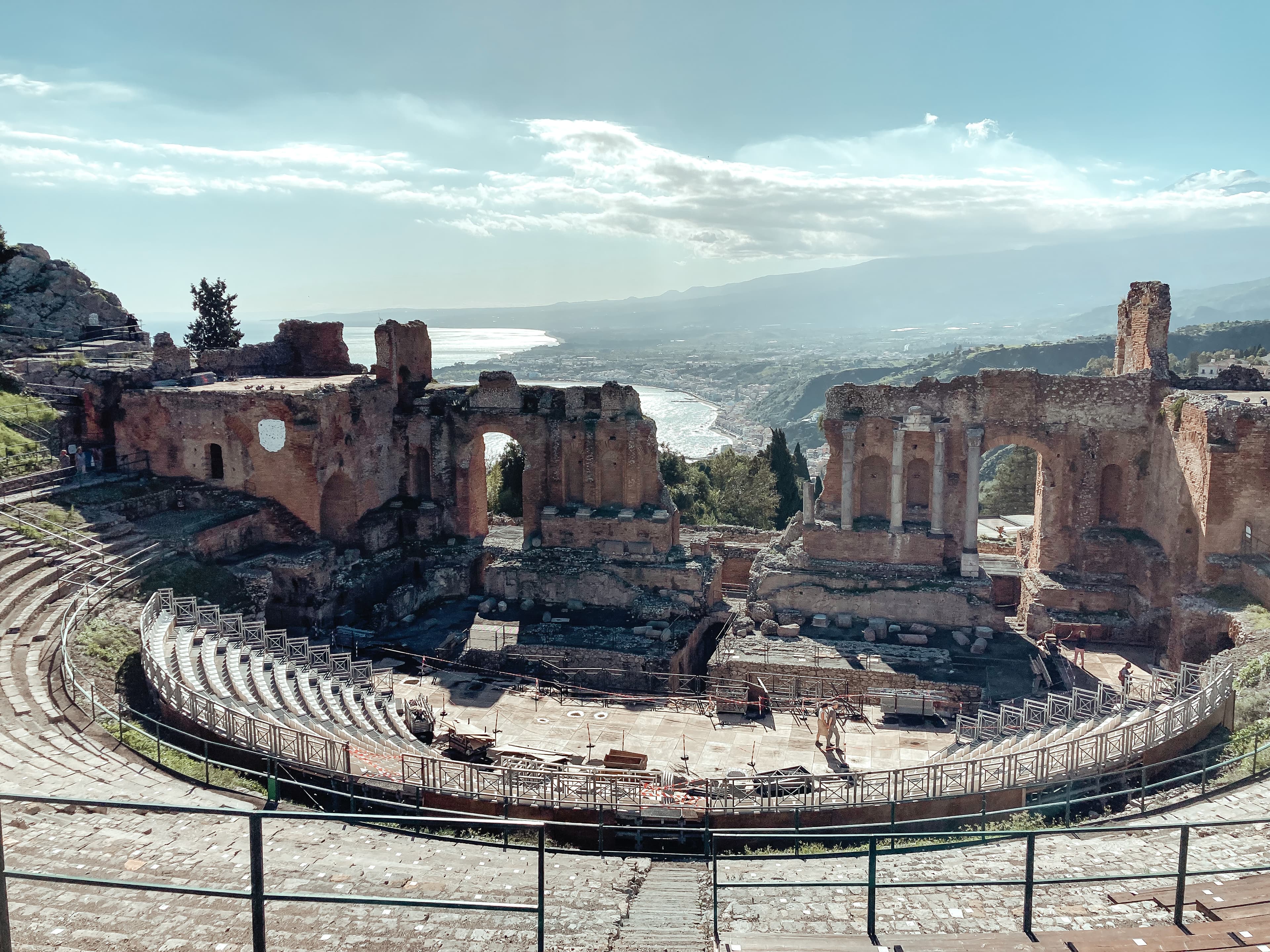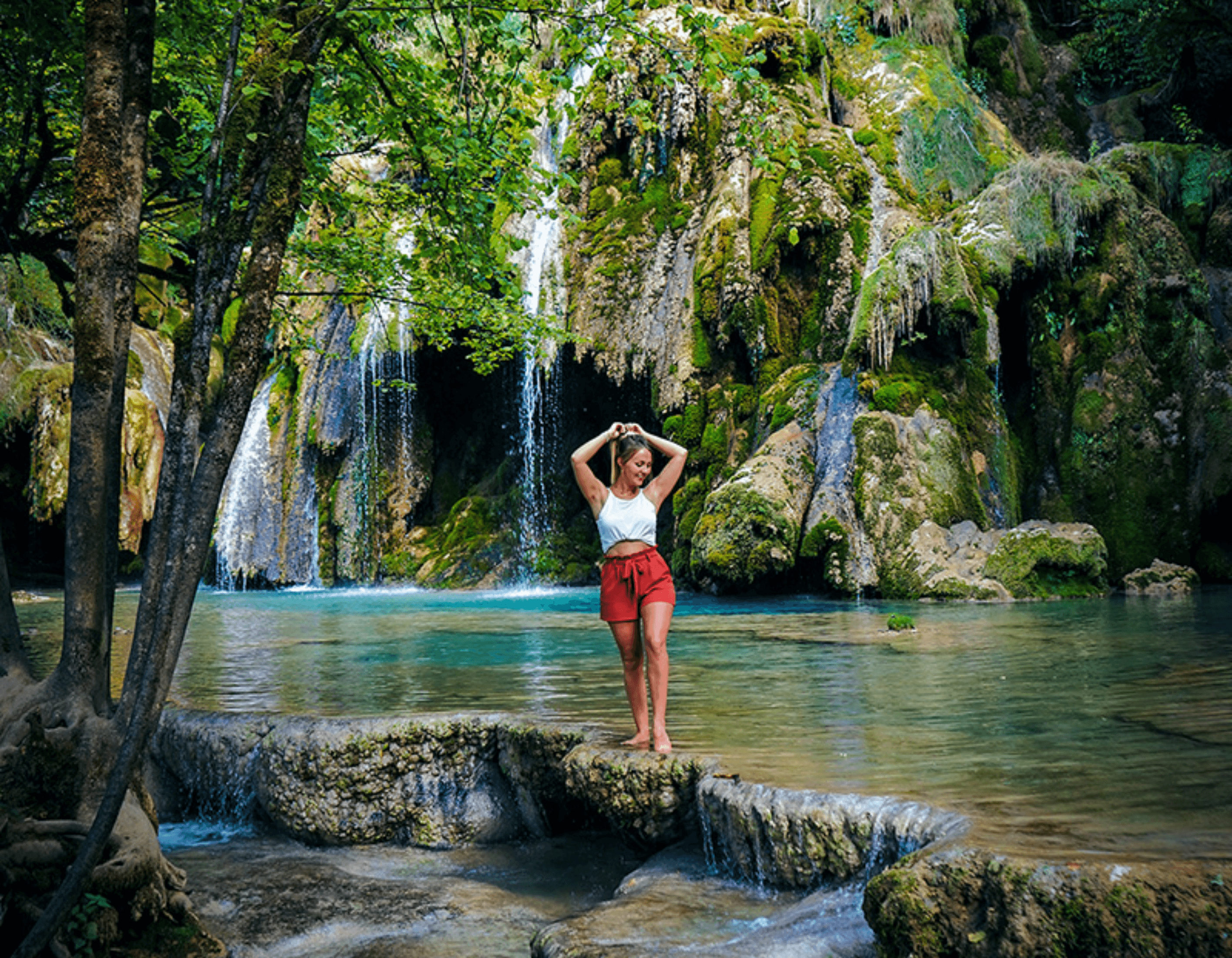
Sardinia
From Coastal Charms to Blue Zone Wisdom
Road trip
€ 500 - 1.000
4 days
My journey through Sardinia began in Alghero, a sun-kissed coastal town steeped in Catalan heritage. The old town, with its narrow cobbled streets and ochre facades, whispered stories of Mediterranean trade and seafaring. The scent of salt, grilled seafood, and myrtus lingered in the air as I followed the coast. Heading north, I reached Castelsardo, a fortress town perched dramatically over the sea. The medieval castle, still standing proudly, offers sweeping views of the Gulf of Asinara. Every corner is a photo waiting to happen—stone steps, blooming bougainvillea, and elderly women weaving baskets in the shade. Continuing eastward, the red cliffs and crystalline waters of Isola Rossa unfolded. A perfect pause between rugged land and infinite sea. Here, nature seemed wilder, more intimate. Swimming felt sacred, the silence under the surface deeper than expected. The road inland led to Sassari, Sardinia’s second city—grittier, more real. I passed by its faded palazzi and busy cafés, a blend of old nobility and everyday life. It felt like the cultural and academic brain of the north, quietly pulsing. Crossing the island toward its mountainous heart, I arrived in Nuoro, often called the “Athens of Sardinia.” It’s a literary and cultural stronghold, yet humble. From there, I entered Orgosolo, the soul of the journey. A village in the Blue Zone—where people live longer, seemingly thanks to strong community bonds, simple food, and mountain air. But what strikes you first are the murals: bold, political, poetic. They turn the streets into a visual manifesto of identity and resistance. On the final leg of the trip, I returned to the sea, reaching Stintino, where turquoise lagoons stretch out in surreal softness. La Pelosa Beach, although popular, still holds something pristine—like the end of a journey where time can dissolve into warm, shallow water.
You might like these trips too

Sicily
7 days
Sicily itinerary 7 days: Food, History and Adventure
@Traveltheworldwithmykiddies

Sri Lanka
21 days
3 weeks itinerary Sri Lanka
@Traveltheworldwithmykiddies

France
15 days
A 2-week roadtrip through France: the alternative for Route du Soleil
@The.Binge.Travelers

Beringen
2 days
Weekend well spent in Beringen
@Dylan Calluy


